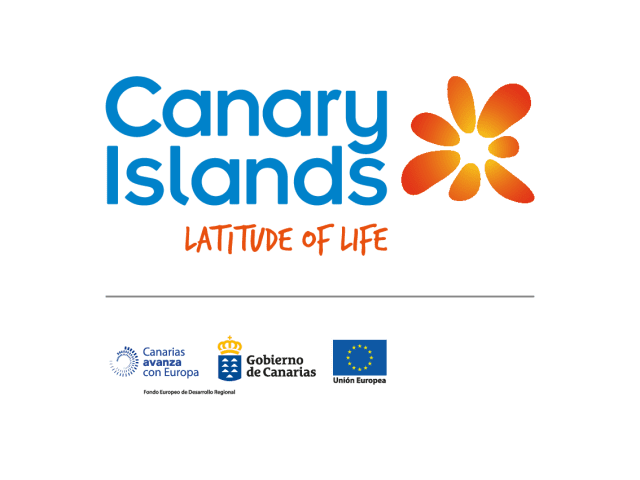Ground deformation in Jedey has now reversed, with deflation observed at other stations
Meteorological conditions positive for flights and airport operations in next 48 hours
The new lava generated yesterday evening by the increased emissions south of the eruption source is moving westwards along volcanic tubes and channels, as well as on older flows. It is occupying the central sector of the existing flows but without affecting any new land. The increased emissions have not increased the perimeter of the lava (estimated at 56 km) and has not caused the flow fronts to advance further.
These and other issues arising out of the latest report from the scientific committee were examined by the Steering Committee of the Canary Islands’ Volcano Emergencies Plan (PEVOLCA. Among other matters, the meeting also addressed the diminished seismicity compared to previous days, the reversal of the ground deformation observed in Jedey, and the variations in air quality parameters,
Referring to the conclusions of the Steering Committee, PEVOLCA technical director Miguel Ángel Morcuende anticipated a possible increase in particles under 10 microns (PM10) due to air arriving from the east, as of the lower boundary of the temperature inversion, and this will cause a worsening of air quality in areas such as Los Llanos de Aridane.
Spokeswoman for the scientific committee and head of volcano surveillance at Spain’s National Geographic Institute (IGN), Carmen López, said that sulphur dioxide (SO2) emissions associated with the volcanic plume from the ongoing eruption were still high yesterday but the evolution over time has shown a downward trend since 25 September.
López stated also that air quality levels due to sulphur dioxide (SO2), a pollutant associated with the eruption process, ranged between reasonably good and average for most of the day at the Los Llanos de Aridane and Puntagorda stations.
López added that the lava emission rate increased yesterday at around 18:00, with an important flow travelling south-west, to the north of the Cogote mountain. She added further that, since its outset, the eruption has undergone multiple changes in intensity and even eruption styles. Episodes may appear to lack intensity for a period, as reflected in the tremor and lower volumes of lava, but can then intensify once again. This is quite normal in eruptions of this type.
Meanwhile, the PEVOLCA technical director reported that seismicity is currently low, with deep activity showing low levels and activity at intermediate depths falling. The highest magnitude recorded yesterday was 4.5 mbLg, at 20:40, from an event at 36 km which was felt with a maximum intensity of IV (EMS). The tremor level increased yesterday at around 18:00 for approximately 7 hours, coinciding with the increase in eruption activity.
The PEVOLCA technical director said that meteorological conditions in the coming 48 hours will be positive for flights and airport operations. He added that the arrival of air from the east will move the plume in the south-west and west of the island and, in principle, northern parts of La Palma will not see an increase in airborne particles.
Areas affected
The area affected by the eruption remains at 983.44 hectares and the maximum width between the far edges of the flows is still approximately 3100 metres in the lowest parts. The total perimeter of the area affected by the eruption is estimated to be 56.23 km.
No new Land Registry data is available as regards constructions/buildings affected and yesterday’s estimated figure of 1446 remains valid. Of these 1171 are residential, 147 agricultural, 66 industrial, 33 leisure and hospitality, 13 public use and 15 correspond to other uses.
The figure for road infrastructure affected remains the same as previous days at 63.84 km, the majority of which are streets and minor roads. In the case of farmland, the figure remains unchanged at 283.6 hectares, most of which are banana plantations (158.83), followed by vineyards (59. 65) and avocado crops (24.06).
ENDS
For more information on the Canary Islands please contact ali@travelmedia.ie

